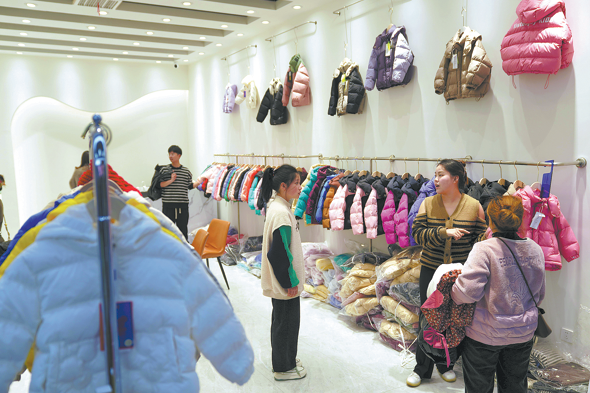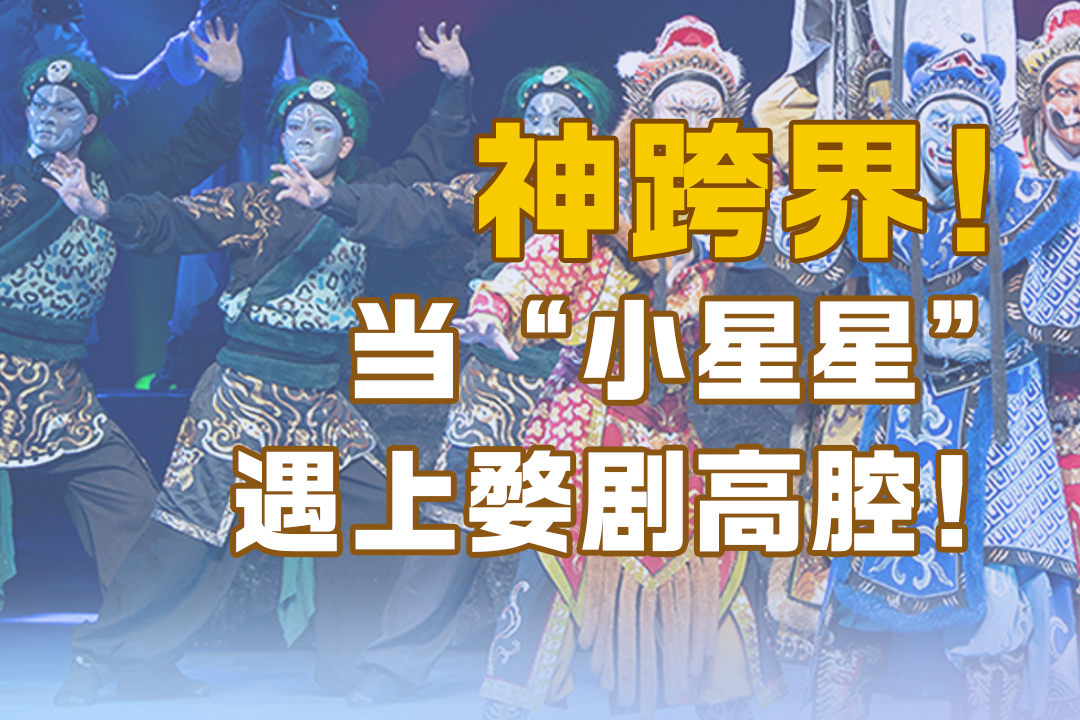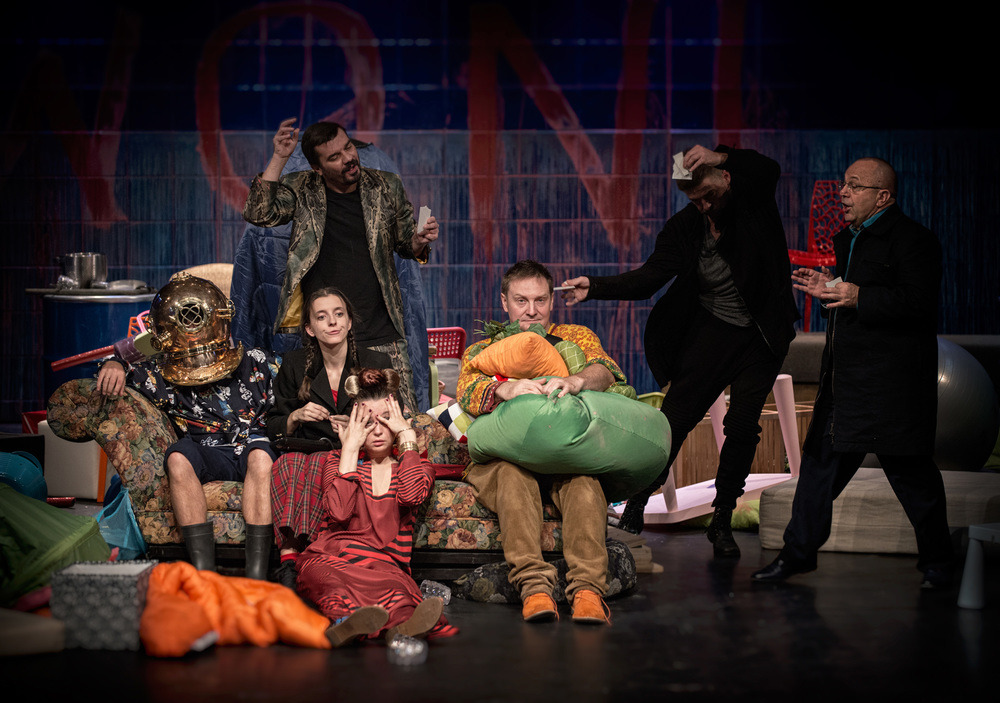
写在前面(栏目)
近年来,东欧戏剧陆续进入到中国,它与英美戏剧差异巨大。东欧戏剧继承与革新了来自俄罗斯斯坦尼斯拉夫斯基、梅耶荷德与契诃夫一脉的演剧体系,一直走在艺术先锋和探索的前沿。
来自波兰的剧场导演克里斯蒂安·陆帕,他的多部作品都曾进入中国——《假面.玛丽莲》《伐木》《英雄广场》,去年他还根据史铁生的作品改编上演了《酗酒者莫非》;波兰杨·克拉特导演的《人民公敌》、立陶宛OKT剧院奥斯卡·科尔苏诺夫导演契诃夫的《海鸥》、里玛斯·图米纳斯的《叶甫盖尼·奥涅金》前两年都来到浙江乌镇演出,好评如潮。之前还有保加利亚的克瑞都剧团,在上海国际小剧场戏剧节演出《外套》。
类似的演出正在不断进入中国观众的视野,我们应该如何看待东欧戏剧给我们带来的全新观感呢?
来自保加利亚国立戏剧与电影艺术学院戏剧艺术系的卡莉娜·斯蒂芬诺娃教授日前来到杭州进行文化交流活动,在浙大江大学传媒与国际文化学院举办了题为《<哈姆雷特>中的镜像——东欧戏剧的一瞥》的讲座。她同时也是保加利亚国家戏剧评论家协会副主席,主要从事戏剧理论与批评研究工作,在国际上很有名望。她以她的视角为我们展现当代的东欧戏剧。
——胡志毅( 浙江大学传媒与国际文化学院教授、博士生导师,中国话剧理论与历史研究会会长)
认识一下,东欧戏剧
卡莉娜·斯蒂芬诺娃(保加利亚)
(前年来过浙江乌镇的)里玛斯•图米纳斯导演是一位非常优秀的剧场导演,《叶铺盖尼·奥涅金》是一部杰作,如果你看过,你就绝对不会忘记它。
在东欧,我们有许多剧场导演并不是从传统戏剧的培养体系中成长起来的,有许多导演有傀儡戏的背景。因此东欧戏剧中也常会有傀儡戏的元素。这些作品不是将傀儡戏与话剧进行生硬的结合,而是将玩偶元素作为道具或者象征引入到戏剧的表演模式中。当代的东欧戏剧的确有它的特殊魅力。
“Mirror”即“镜像”,它有两个含义。其一是指现实意义上的可见的镜子,我们可以在舞台上看到它们;其二是比喻意义上的镜子——《哈姆雷特》就像是一面对现实世界进行反射的镜子,表现了精神意义上的内涵,而反射的现实世界更多是人的内心世界。
我们通过解读《哈姆雷特》作品,去感受东欧剧场经典的莎士比亚与《哈姆雷特》是如何被一再上演的。
导演杨·克拉塔(Jan Klata)被称为“波兰的弗兰克·卡斯托夫”(注:2016年,他带着自己执导的戏剧《人民公敌》来到乌镇)。
他的演剧有两个非常突出的特点——
一是拓宽了剧场概念,演出不再局限于传统的戏剧舞台,而是走向了剧场外的空间。如果说我们以前都是安静地坐在剧场里面看戏,那么如今则走向了更广阔的外部世界。他的戏剧演出场景十分真实,演员跳河就是跳真的河,不是象征性的、虚幻的动作。
在欧洲,这样的剧场实验是非常多的。比如有一位在欧洲非常活跃的南非导演,布雷顿·比尔利,他几乎每一部作品都是在传统剧场舞台之外进行表演的,比如在废弃的工厂,或是在田野里演出。还有位波兰导演杰格罗斯·布拉尔,他的《哈姆雷特》就是在一个由前修道院改造成的剧场里演出的。
二是流行音乐的运用,比如戏剧一开场就用到了21世纪后出现的波兰流行音乐。
杨·克拉塔尝试把《哈姆雷特》命名《H.》,并于2004年在格但斯克造船厂演出。观众跟随演员在42号仓库的不同部分行动,包括奥菲莉亚溺水附近的运河。这次创作探索空间象征意义的最大化:这里曾被认为是团结工会运动的诞生地,然后造船厂关闭,随后的失业带来了绝望,最后是巨大、通风、寒冷的建筑散发出的明显的寒冷、孤独和凄凉的感觉。
在东欧戏剧中,象征元素是非常重要的,这非常不同于英美导演对文本或台词以及潜台词的重视。在这个版本的哈姆雷特中,哈姆雷特手中拿着的那本书是波兰天主教徒用于祈祷的书,这个关键的道具隐含一种深刻的含义,也即哈姆雷特应该选择复仇还是宽恕。
非常有意思的是,在他的戏剧中,“To be or not to be”这句经典台词不是由演员在现场表演中说出,而是在前期录制好之后在现场用同期声播放的。
另外,奥菲莉亚的结局是被拖到造船厂旁边的运河里溺死。还有一个细节是,人物有一部分说波兰语,有一部分说法语,导演运用两种不同语言的对白是为了表现波兰上流社会的堕落,是一种现代的政治性隐喻。
就音乐的使用而言,这是一部非常具有议题性的作品,就像克拉塔常用在的其他作品上一样:辛酸的、侵入的、强迫的、令人沮丧的,“肮脏的音乐不容易听”。
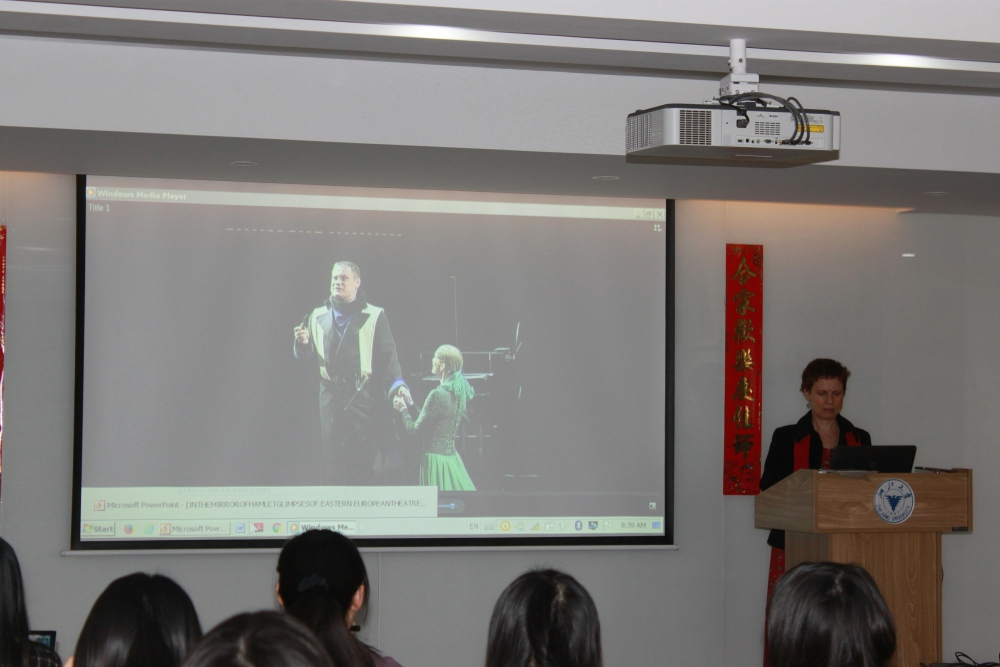
简而言之,这部作品不仅充满了清晰的政治陈述风格,它本身就是清晰的政治陈述——这再次体现了克拉塔的典型风格,他以“对经典著作勇敢的先驱解读,以及对波兰现实热情而不懈的诊断”而闻名。然而,这是一个非常平和的哈姆雷特:他与其他角色和世界的关系没有任何明显的发展——一个悲伤的、受伤的,但主要是愤怒、愤怒、愤怒的年轻人从一开始就“与所有人战斗”。正如演出的第一句话:“我要和他们战斗!”
杨·克拉塔认为,关键是找到一个场所来适应你所想要展示的文本,这不是传统剧院可以代替的。传统剧院难以展现我们的激烈情绪,它只能供人们进行理性的讨论,因此应该拓宽戏剧表演的场所。我们一直以来过分崇拜戏剧文本,过分遵循莎士比亚的剧本程序,这反倒破坏了莎士比亚戏剧中的精髓。莎士比亚无愧为天才,他的戏剧向我们传达着永恒的真理。
现在的东欧戏剧有一种打破传统艺术边界的融合趋势,并且产生了一股叫做“新剧场现实”的潮流。就我所知,至少有十四个这样的导演,尼克鲁休斯、科尔苏诺瓦斯、杨·克拉塔都属此列。
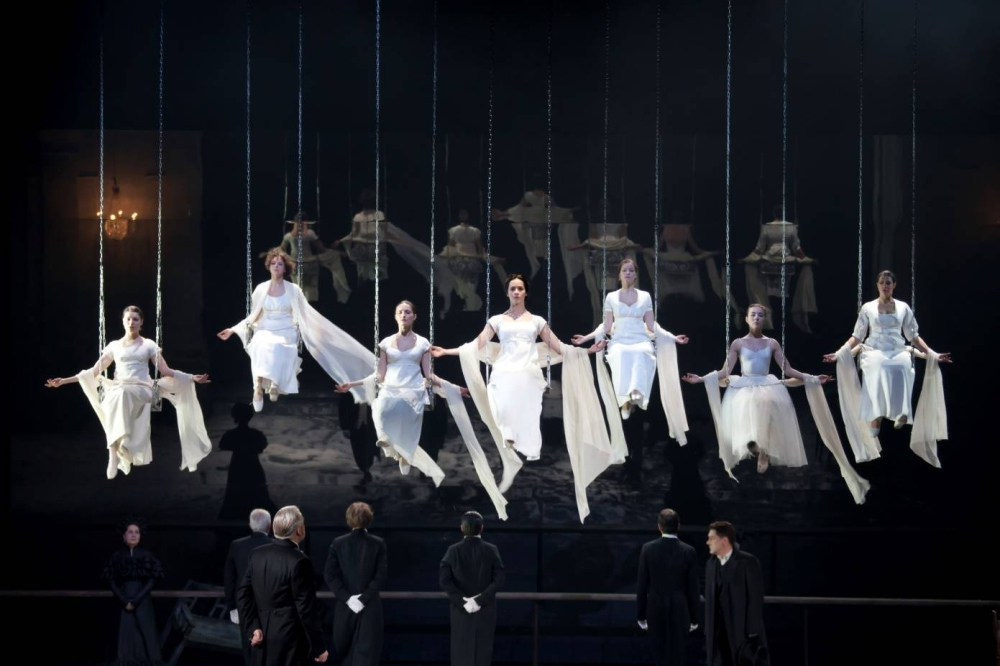
Directors and artists from Eastern European countries have brought some of their best theater performances to China in recent years. The performances they give are essentially different from those by troupes from the United Kingdom and the United States because directors and artists of Eastern European countries are largely disciples of Konstantin Stanislavsky, Anton Chekov, and Vsevolod Emilevich Meyerhold. Moreover, they dare to experiment and explore different styles such as avant-garde. The best known plays by these directors and artists are probably Woodcutters by directed by Krystian Lupa of Poland, The Sea Gull directed by Oskaras Koršunovas of Lithuania, and Eugene Onegin directed by Rimas Tuminas of Lithuania. Over the past few years, troupes from Eastern Europe have performed in Beijing, Shanghai, as well as Wuzhen, a canal town where a theater festival takes place in autumn every year.
As Eastern Europe is bringing more of its plays to Chinese theaters, how do we Chinese theatergoers take the brand-new theater phenomenon from Eastern Europe?
The other day, Kalina Stefanova, a Bulgarian professor engaged in theater studies, gave a lecture in Hangzhou addressing the topic of Eastern European plays. The following is an excerpt of the lecture.
Hu Zhiyi
a professor of Media and International Culture College, Zhejiang University, doctoral supervisor, director of the Association of Theoretical and Historical Studies of Theater
A Glimpse into Eastern European Plays
By Kalina Stefanova (Bulgaria)
Rimas Tuminas who visited Wuzhen a few years back is an excellent theater director. If you have watched Eugene Onegin Rimas Tuminas directed, you wouldn’t forget the masterpiece.
Many theater directors in Eastern Europe are not bred by the traditional theater education system. They have their career roots in puppet shows. That’s why you often see the puppet show elements in Eastern European plays. However, these plays do not present awkward integration of puppet show and drama. The puppet show elements are often introduced as stage sets or symbols into drama. That’s why Eastern Europe plays offer a special charm.
Mirror has two meanings. The first refers to the real tangible mirror. We can see mirrors on the theater stage. The second is a figurative mirror. Hamlet resembles a mirror that reflects the real world, presenting the spiritual content. The real world it reflects is largely about the inner world.
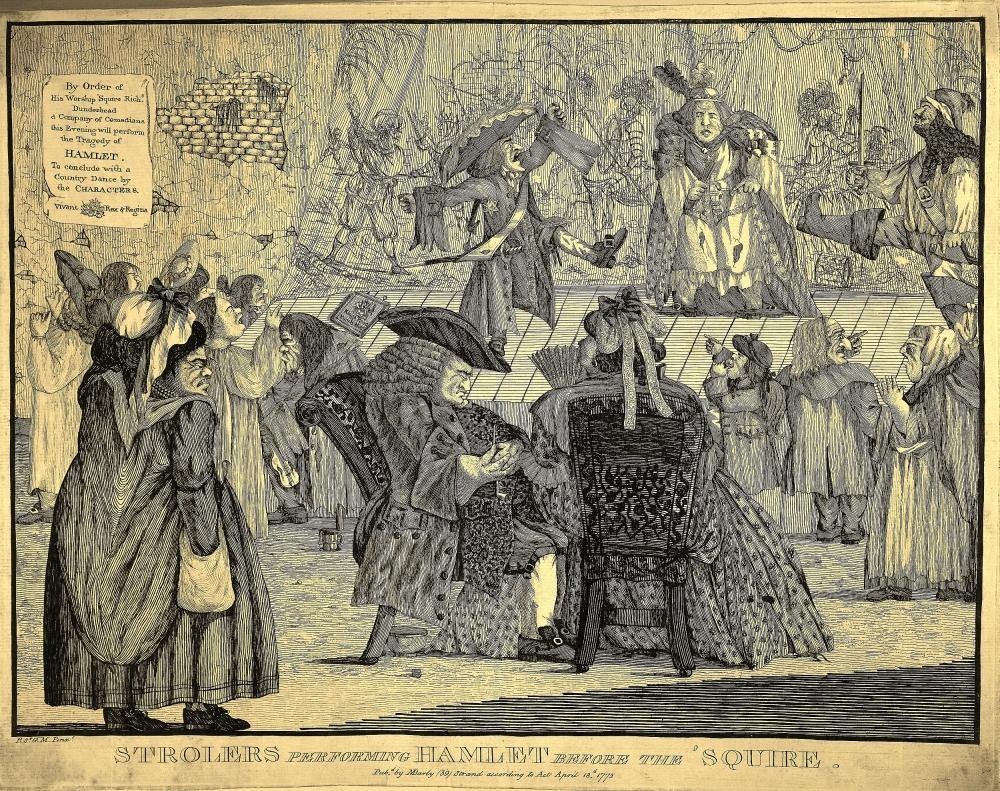
By reading Hamlet, we can understand why Shakespeare’s classics such as Hamlet are staged again and again.
Jan Klata is a director with a strong sense of politics. His works are often regarded as political fables.
Two features stand out in the shows he directs: first, he broadens what a theater is. His shows are no longer confined to the traditional theater stage. They extend to the space beyond theaters. If we used to sit in a theater and watch a performance, nowadays we are in the broader world outside the traditional theater. The setting for his shows is real. If an actor jumps into a river, then it is a real river. What the performer does is no longer a symbolic and virtual jump. Second, he uses pop music. For example, Hamlet directed by Jan Klata starts with a pop song which appeared in the 21st-century Poland.
Hamlet presented at Gdansk Shipyard in 2004 is unforgettable. The audiences followed the performers to different parts of Warehouse 42, including to a nearby canal in which Ophelia drowned. The creation explored the significance of the shipyard: Solidarity was founded there in 1980 before it overwhelmed the country. The shipyard went under later. Unemployment brought out despair. The cavernous, draughty and cold warehouse emphasized coldness, solitude, and desolation.
Plays in Eastern Europe give a top priority to symbols whereas directors in the UK and the USA give special attention to lines and unspoken words. In Hamlet directed by Jan Klata, the prayer book in the hand of Hamlet was the very one usually used by Catholics in Poland. The item suggests a question Hamlet faces: should he choose revenge or forgiveness? Interestingly enough, Hamlet didn’t speak the famous “to be or not to be” soliloquy in the play. Instead, the audience heard the playback of a record previously recorded. As for Ophelia, she was drawn to the canal by the shipyard and drowned there. Another distinct difference in the show was that some characters spoke the Polish whereas some other characters spoke the French. A dialogue interwoven in two languages was designed to serve as a political metaphor about the downfall of the upper class in modern Poland. In terms of music, Hamlet trigged a lot of discussion. The music used in this play was so “dirty” that it posted a challenge to the ears.
In short, this production makes a clear-cut political statement, which is typical of Jan Klata, famed for boldly interpreting classics in an avant-garde style and for passionately and unswervingly diagnosing Poland’s reality.
According to Jan Klata, the key is to find a venue appropriate for a text you intend to display. A traditional theater will not make it. A traditional theater has difficulty displaying our vehement sentiments; it is good only for a rational dialogue. Therefore we need to find broader venues for theater production. We have overly worshipped Shakespeare’s texts and faithfully followed the play programs set by Shakespeare. What we have done damages the essence of Shakespeare, a genius whose works convey eternal truth to us.
Eastern European theaters now combine to break down the limits of traditional arts and integrate them, thus producing “a new theater reality”. As far as I know, there are at least fourteen directors engaged in this trend. Jan Klata is one of them.
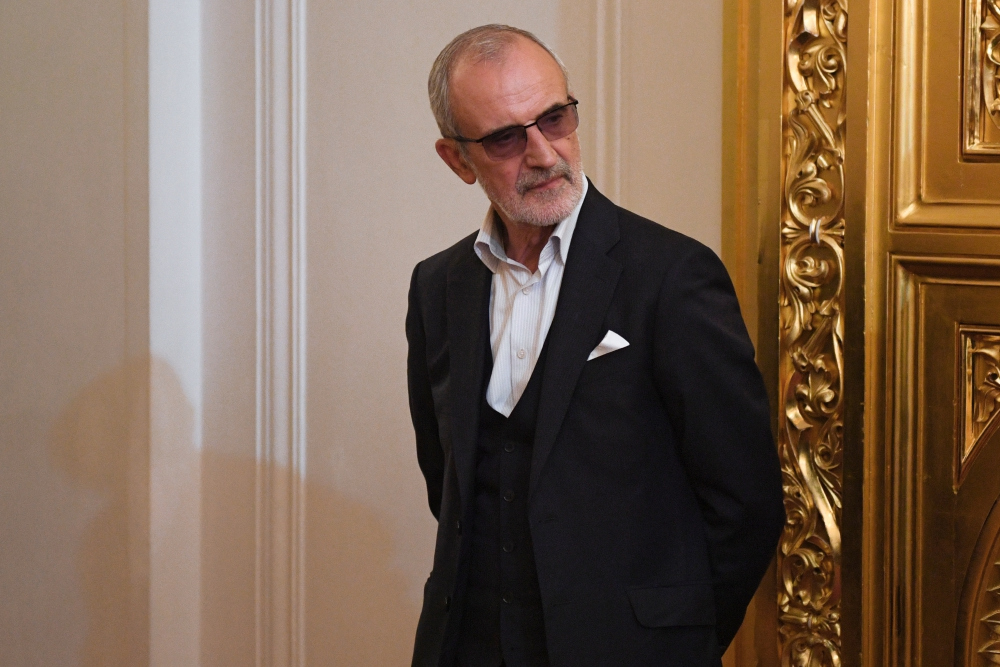
A recent photo of Rimas Tuminas, a theater director from Lithuania

(Executive Editor: Xinyu Xie)
